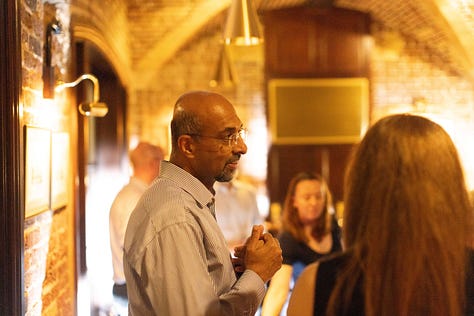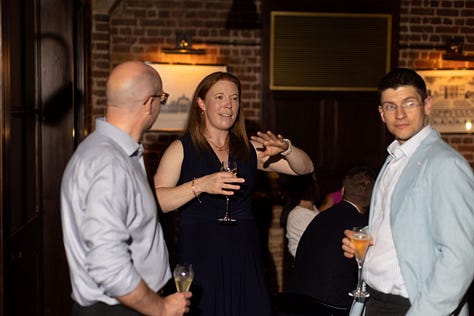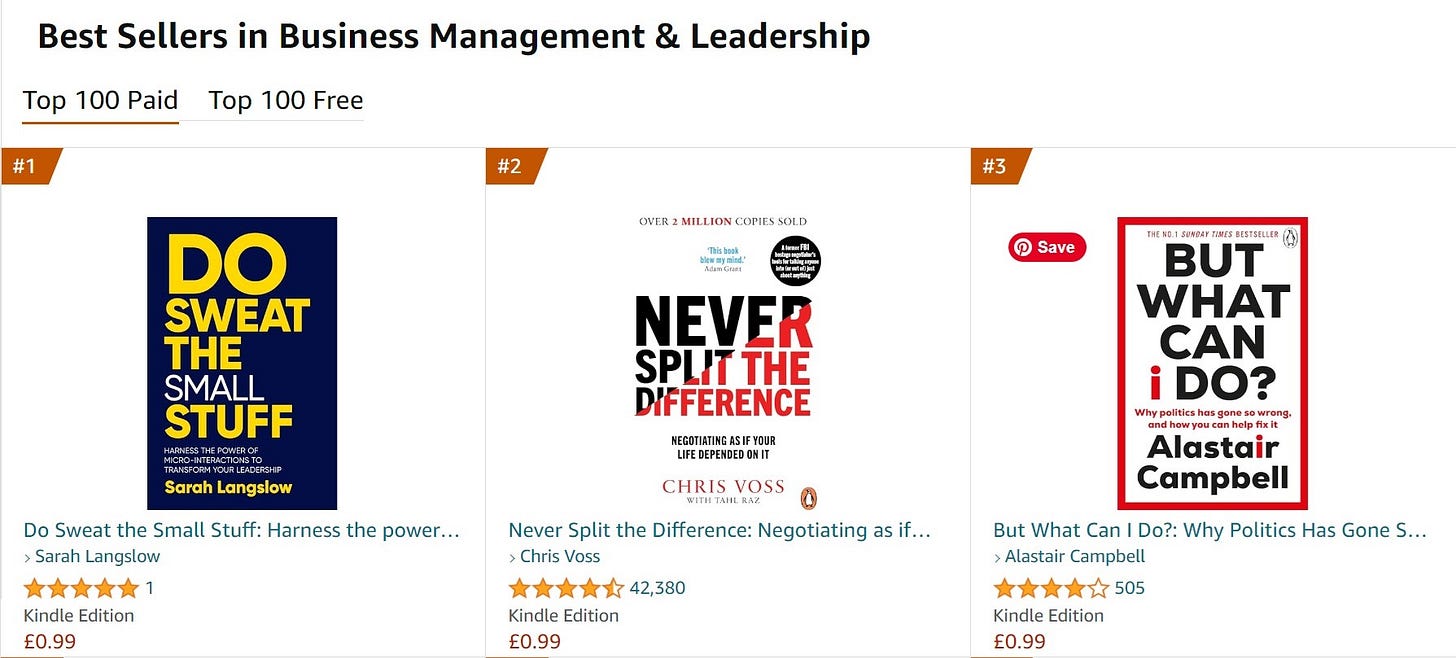I was reminded recently of a sequence from the TV show Friends, where Chandler goes on a date with Rachel’s boss. He ends it with “Well this is great, we should do it again, I’ll give you a call” despite not enjoying himself or wanting a second date, or having any intention of calling her. Rachel calls him out on it and tells him he has to go on another date but end it properly this time. Well, you can guess how it went…
So why do we find it hard to say no? Or even to disagree?
It traces back to some of our deepest instincts: to stay safe, when we think disagreeing might be dangerous (might get us fired), and to belong, when we think disagreeing might cause us not to be liked, or to be ostracised. It’s usually easier and more comfortable to agree. To say yes, or stay silent, even when we don’t really mean it.
While it feels easier to agree in the moment, it’s not without consequences. There’s risk in not speaking up, risk of things going wrong, risk of errors going uncorrected, or risk of loss of trust in you. Perhaps a risk you’ll be tied into something you don’t want or have time to do.
When we are uncomfortable, if we do manage to speak up and disagree, we often end up blurting something out. It gets it out faster, so we feel discomfort for a shorter time. However, this also makes it harder for the other person to hear. They might miss it entirely if you’re very fast or, let’s be honest, when we blurt we can be a little clumsy in our language.
So, how can we disagree constructively? Here are five things to think about.
One, slow down. Take a breath. Remind yourself that your fear is probably overblown and if it helps, remind yourself of the risks of staying silent.
Two, think about the language you use. Saying “I think you’re wrong” is very different to “I have a different perspective on this”. One is personal, directed at the person in a negative way that is likely to feel like an attack. The other is much more neutral. Don’t get me wrong, there are absolutely times where “No” is a complete sentence. But, it can often help to soften our language a little.
Three, don’t be “right” about it. If you disagree from a place where you’re convinced you’re right and the other person is wrong it won’t go well. However you frame it, you will likely only make both of you more entrenched and less able to hear any alternative view. Offer the idea without being attached to it, share your perspectives, and relate to disagreeing as starting a conversation, not ending one.
Four, connect it your shared goal. “I have a different perspective which I think might help us achieve XYZ faster and more efficiently”. “I think we might not be giving enough weight to ABC which would suggest a different approach might work better to get us to our goal”.
And five, have empathy. If the other person doesn’t react well, remember they’re human. It might not be the time to push your point at that moment, but to come back later and say something like “hey, I noticed you seemed upset in the meeting, are you OK?”.
This (like many other things) is also an area where practice helps. When we disagree, it activates the parts of the brain involved in cognitive dissonance, the feeling of uncomfortable tension that comes from holding two conflicting thoughts at the same time. Studies have shown that people who disagreed less frequently had stronger activation in these brain areas when they actually disagreed. In other words, if you agree with others more frequently than your peers you may have a stronger uncomfortable feeling of dissonance when you actually disagree.
So if you’re someone who does tend to bite their tongue, and then maybe complains to everyone else later or just stews in your own self-righteousness*, try speaking up to disagree a little more. You might find you blurt at first, that’s OK, it gets better and easier with practice.
You weren’t put on this earth to stay silent. Whether with your team, your boss, your partner or your friend, trust that they want, and in fact actually need you to speak up.
The other side of this is how to be a leader who welcomes different views, and creates an environment where it isn’t only safe, but encouraged to speak up with alternative views. We’ll look at the flip side next time.
*I can safely say this because this has been me MANY times…
Sweating the small stuff
This week: practise disagreeing!
Look through the tips above, notice a moment when you’re hesitating a little to speak up to disagree, and practise. Reflect on how it goes, and whether it works or not, makes a mess or not. See what you can learn, and try again.
Let me know how you get on in the comments!
And finally… Do Sweat the Small Stuff has been published!
It’s been a whirlwind two weeks, with Do Sweat the Small Stuff finally, officially published and out in the world. A huge thank you to you for all your support. My friends, colleagues and wider network pulled out all the stops and helped it reach Amazon Bestseller status in the UK and the US in three categories on launch day. So it’s officially an international Amazon bestseller! Definitely a pinch me moment.
If you don’t yet have a copy, or you bought the Kindle but (like me) you still like having a physical copy, you can buy them here (UK), here ((US) or via this link (anywhere else in the world!).
If you do have a copy, I’d love to hear from you on what you think! Either reply to this email or put your thoughts in the comments. And if you’d like to be an extra specially wonderful human, please write a review on Amazon (UK link here).
I held a LinkedIn live launch on publication day where I had the chance to share a bit more about the book, its key concepts and its genesis. If you missed it you can catch up with that here:
And, earlier this week I had the opportunity to celebrate with friends and supporters in person, with a few glasses of something fizzy. After all the hard work, the promotion, the big asks I made of so many people, it was a joy to see them in person to say thank you, and to kick back and relax after such a long journey to this point. And, while this is in some ways an ending, it is also just the beginning. There is much, much more to come!






See you next time!
If you’d like to receive future posts direct to your inbox, subscribe below.
And if you’ve enjoyed this, please do share with friends, colleagues or anyone you think would enjoy this.




